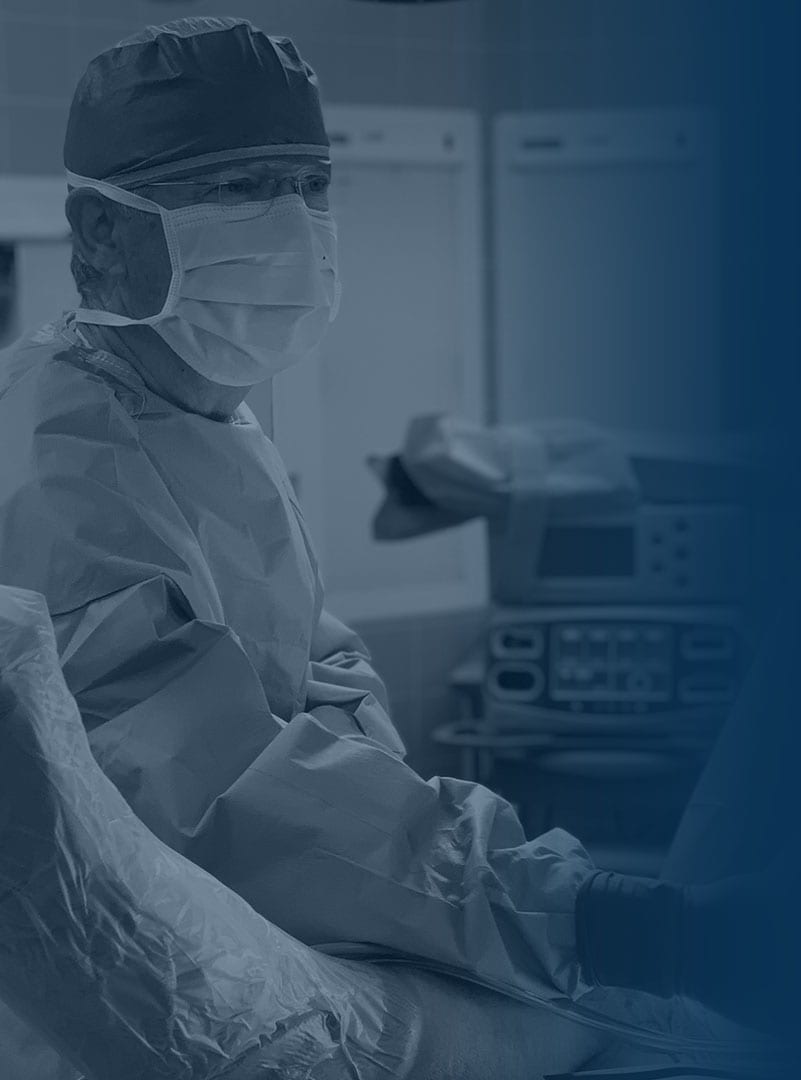A Common Cause of Pain on the Top of Your Shoulder
What is AC joint arthritis?
The AC joint is made up of the acromion process, an anterior bony structure from your scapula (shoulder blade), and the clavicle (collarbone), the bone connecting your shoulder to your torso that allows for the transfer of force. These bones have cartilage between them that can wear out over time.

How does it occur?
The shoulder joint is involved with many activities that require repetitive and sometimes heavy force. These activities can wear out the articular cartilage on the bones and cause pain around the shoulder. Athletes and workers that use their upper body, especially with overhead lifting or work especially with repetitive movements commonly develop this shoulder pathology. Some examples include golfers, tennis players, and cyclists.
What are the symptoms?
Pain and tenderness at the front and on top of the shoulder is common for this condition. Pain can radiate across the shoulder joint, chest, and neck when reaching the affected arm across the body. This compresses the joint and can be accompanied by a clicking or snapping sound. You may commonly see a visible knot or lump which is painful to palpation at the distal end of the collar bone.
How is it diagnosed?
X-rays of your shoulder will be taken, and a thorough history and physical exam can diagnose your AC joint arthritis. Also, an MRI may be ordered to further diagnose soft tissue pathology in your shoulder. Range of motion (ROM) of the shoulder will be limited and painful, especially when lifting heavy objects, and will be important in determining the extent to which the AC joint arthritis impacts your daily activities.

How is it treated?
Conservative treatment of course is tried first. This consists of exercises (either at home or with a physical therapist), anti-inflammatory medications, or possibly a steroid injection. Ice four times a day for 20 minutes is also helpful for shoulder pain.
If conservative treatment fails, surgery is an option. Minimally invasive arthroscopic surgery is utilized to perform acromioclavicular joint resection. By debriding this joint and resecting the distal clavicle, the space is opened up, relieving the chronic osteoarthritic pain that develops over time. This is done as a same day surgery. The procedure itself takes about 30 minutes or less with an average time in the facility of 4 hours total.
What is the recovery time?
Recovery varies based on the extent of the condition and what is actually done at time of surgery. Frequently, other conditions affecting the shoulder such as a rotator cuff tear or labral tear are also present in patients having this problem. Our patients wear a sling for 24 hours after surgery. After that they remove the sling and start our custom-tailored Phase I exercises three times a day for the first 2 weeks, then we advance you to Phase II exercises. This exercise program has been developed by Dr. Bramlett over several decades to quickly and easily get you back to a normal lifestyle and function. Outpatient physical therapy may be an option if needed; we will evaluate you at 2 weeks post op and recommend if needed at that time. Most patients resume light-duty work within a few days and progress to full-duty in 3 weeks to 2 months. Please note that the longer you delay surgery, the more damage there is to the structures of the shoulder and the longer your recovery time will be.
We are here to help. If you believe you are suffering from one of these conditions, we would love to deliver a diagnosis, get you treated and get you moving again.


